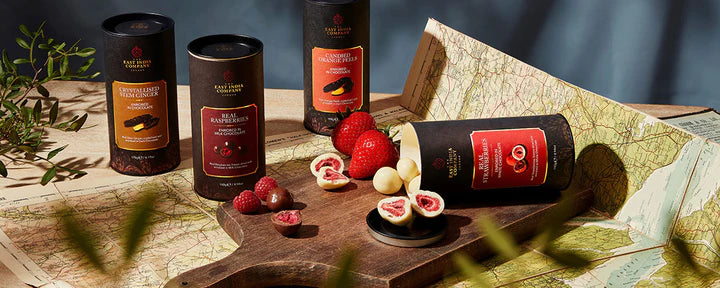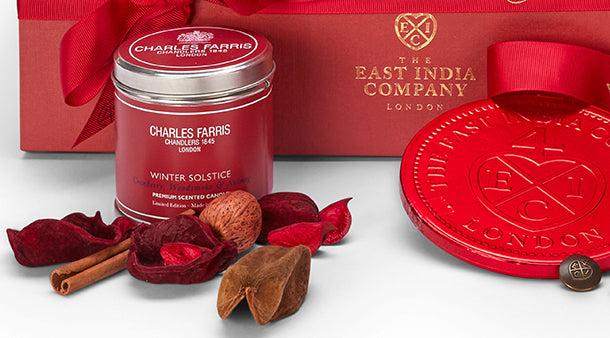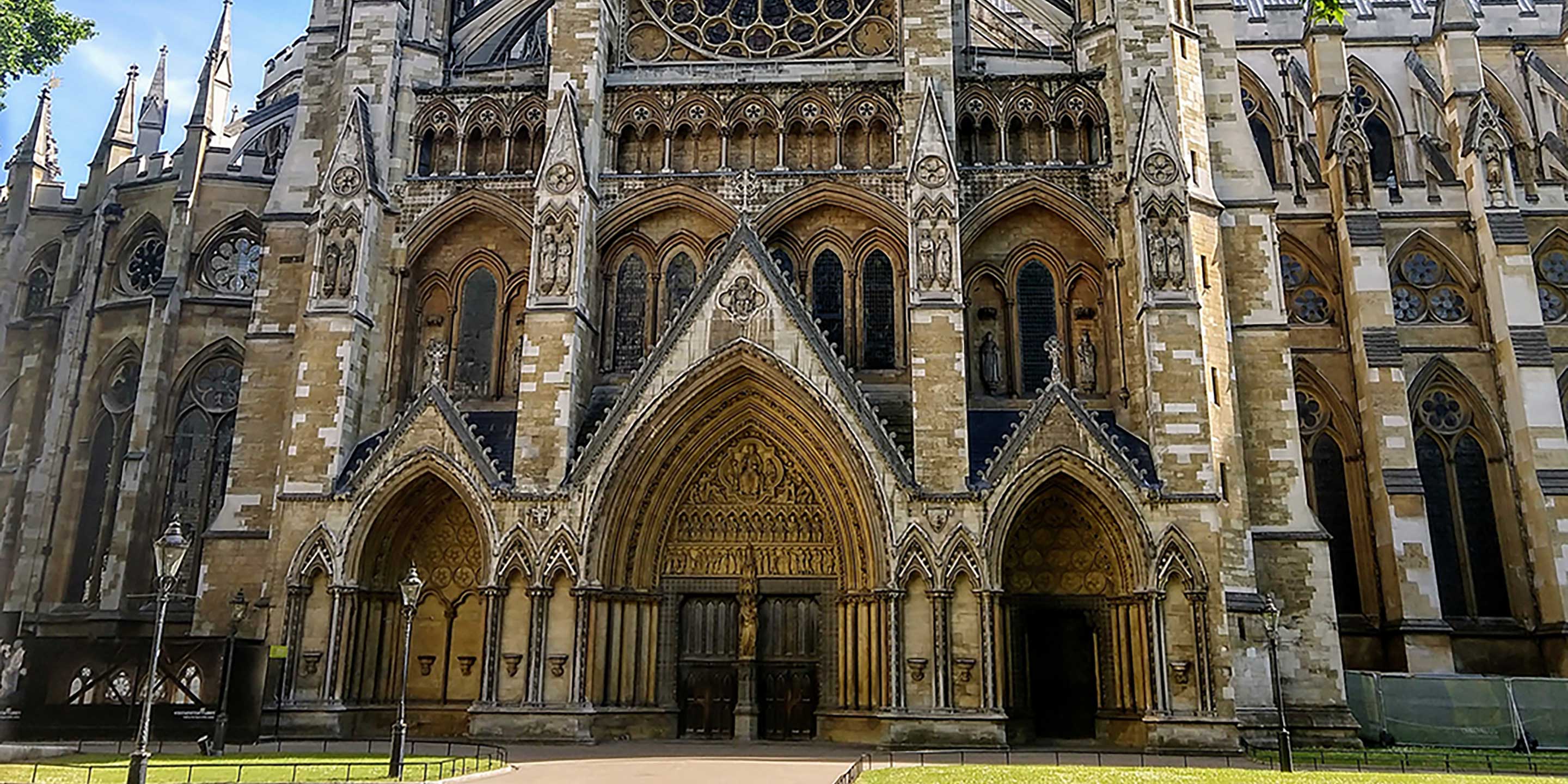Monarchs have been crowned at Westminster Abbey since 1066, when the Coronation of William the Conqueror took place here. Since then, a further 38 reigning monarchs have been crowned at the Abbey.
Why are coronations held in Westminster Abbey?
Westminster Abbey became the coronation church more by accident than intention. Before 1066, there was no established location for the coronation of a monarch with known locations including Kingston-upon-Thames and Bath. St Edward the Confessor, who built the first stone abbey in Westminster, was crowned at Winchester Cathedral.
Why move from Winchester to Westminster? The change happened with William I, also known as the Conqueror, who was crowned on Christmas Day 1066. After his victory at the Battle of Hastings, he wanted to be crowned at the centre of government and near the principal palace at Westminster. More importantly, by choosing the burial place of his predecessor as the location for his coronation, he cemented the legitimacy of his rule. Since then, every other monarch who has had a coronation has followed that tradition, claiming their legitimacy through the succession of monarchs crowned there before them.
For more information: Coronations at the Abbey | Westminster Abbey
How have coronations at Westminster Abbey changed over time?
Precise details of the earliest coronations at the Abbey are not known, but we do know that elements were added to the coronation over time. Eventually, the Liber Regalis was produced in around 1390 which brought all of these elements together. Since then, the overall format has largely stayed the same.
Even guided by a medieval Latin manuscript, there has always been room for adaptations. Following the religious turmoil of the Reformation, it was Protestant Queen Elizabeth I who requested that parts of the service should be said in English instead of Latin for the first time so that the people would be able to understand the promises she was making.
Political changes have impacted coronations too. During the English Civil War, after the execution of King Charles I, the original regalia was destroyed and had to be remade in 1661 for King Charles II’s coronation. Although he did not believe in the institution of monarchy, when Oliver Cromwell accepted the position of Lord Protector, he did so in a ceremony in Westminster Hall sitting on the Coronation Chair.
Music has always played a central role in worship and new pieces of music have been composed for coronation services. Most notably Handel’s “Zadok the Priest” has been played since George II’s coronation in 1727.
With Queen Elizabeth II’s coronation in 1953, another big change happened. Millions of people all around the world were able to watch on television what had never been seen by those outside Westminster Abbey.
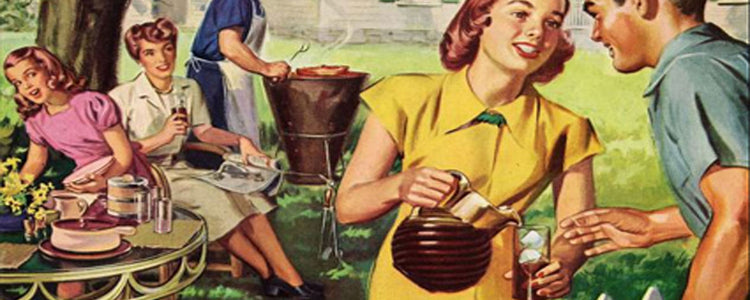
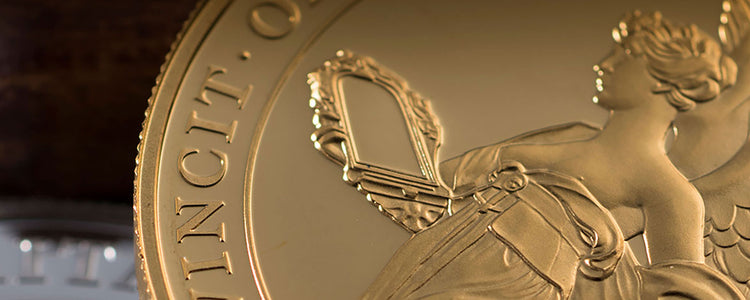
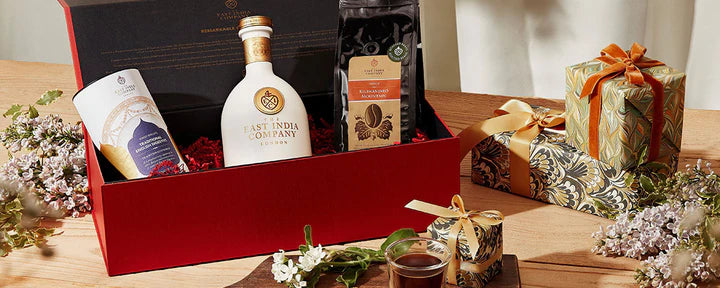
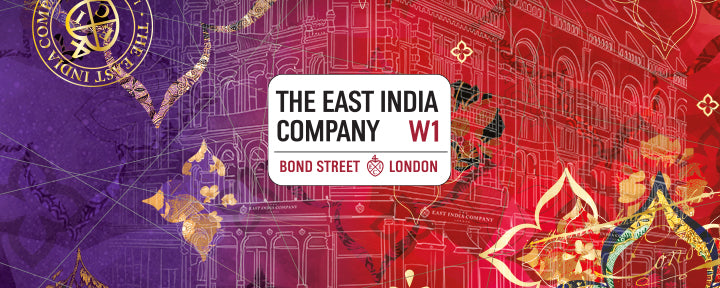
 Ceylon / Sri Lanka
Ceylon / Sri Lanka Assam, India
Assam, India Japan
Japan Taiwan
Taiwan Nepal
Nepal China
China Kenya
Kenya Egypt
Egypt South Africa
South Africa